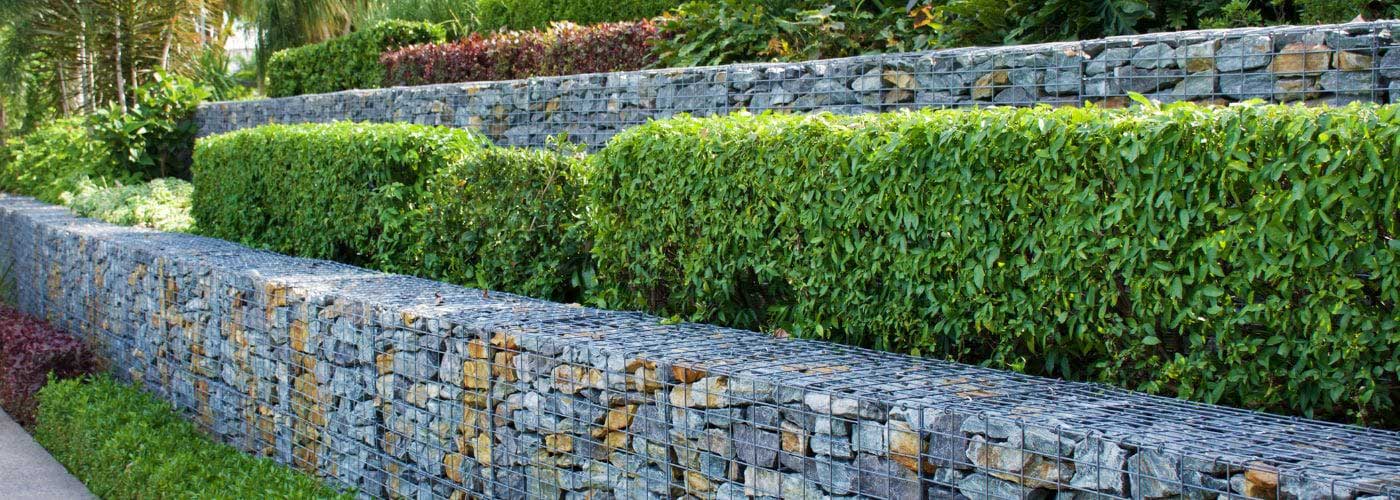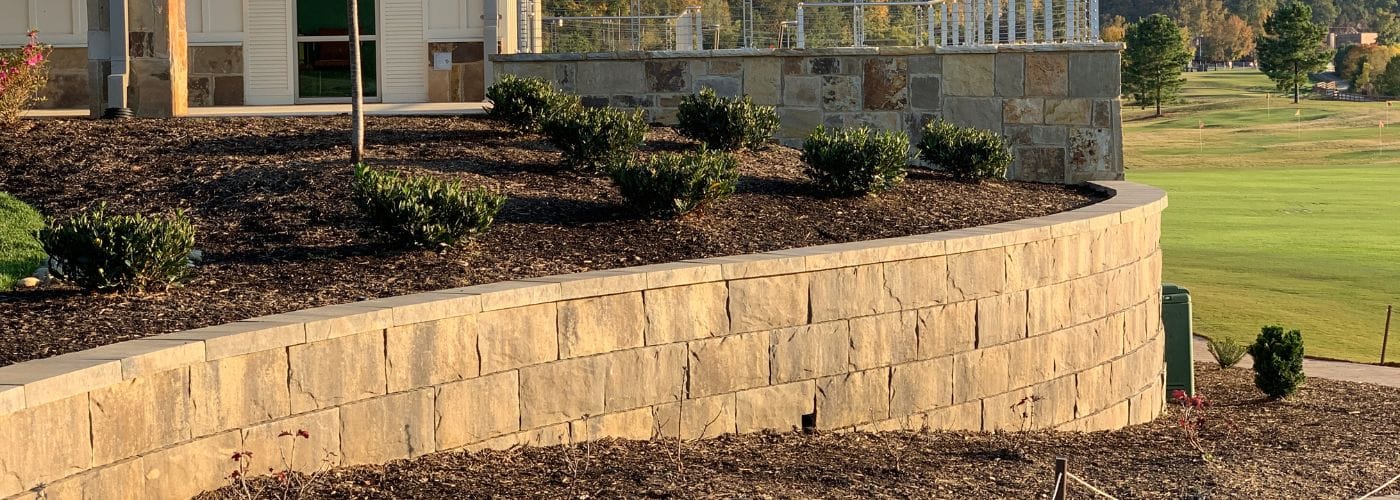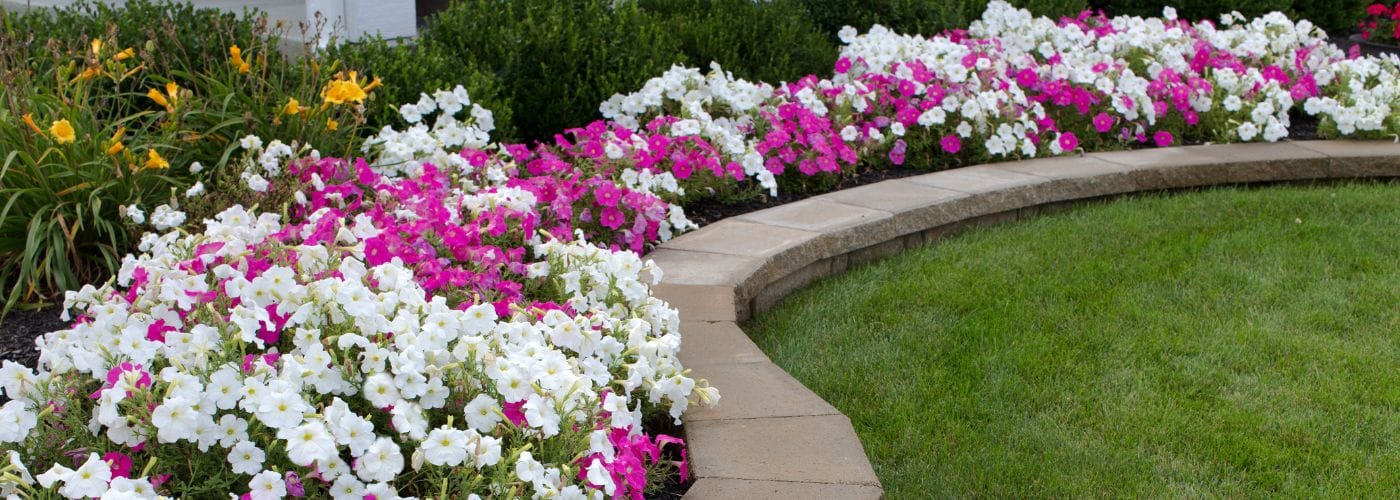Anyone looking to renovate their front yard or backyard has probably considered adding a retaining wall. This provides a unique and elegant design that increases the theme of your home and, potentially your property value. We’ll be going over what is a retaining wall, the benefits it provides, and how to plan around its construction.
What Is A Retaining Wall In Construction
Retaining wall construction is a wall that is built to support soil or rock. The soil or rock is usually behind the wall. The wall is built to keep the soil or rock from moving forward. Retaining walls are often used in construction projects.
Retaining walls can be made of various materials, including wood, stone, and concrete. They can be simple or complex. Simple retaining walls are usually just one layer of material. Complex retaining walls may have multiple layers of material, or they may be reinforced with steel or other materials.
Retaining walls are used for many different purposes. Some retaining walls are used to hold back soil or water. Others are used to support a structure, such as a building or a bridge. Still, others are used to create terraces or other landscape features. The retaining wall is great for anyone who loves to garden and has a huge plant collection.
Why A Retaining Wall Is Constructed
Retaining walls are built to hold back soil, rocks, or water. The slope of the land often dictates whether a retaining wall is necessary. If the ground is too steep, it may be difficult to grow plants or build a structure on it without a retaining wall. In addition, a retaining wall can prevent erosion and help to stabilize the land.
There are many different types of retaining walls, and the best type for your needs will depend on the slope of the land and the amount of weight that needs to be held back. For example, a gravity wall relies on its own weight to hold back the soil. A cantilevered wall is anchored into the ground and uses beams or trusses to support the weight of the soil. A crib wall is made up of interlocking timbers that are filled with dirt or gravel. Each of these retaining wall types serves a purpose.
It’s best to think and plan your retaining wall design with the help of a construction company.
Is A Retaining Wall Considered A Permanent Structure?
A retaining wall is considered a permanent structure if it is built to last for an indefinite period of time. This means that the wall must be made out of durable materials that will not degrade over time, and it must be designed to withstand the forces of nature. Retaining walls can be made out of concrete, stone, or brick, and they can be either free-standing or anchored to the ground.
When deciding whether or not a retaining wall is considered a permanent structure, it is important to consider its purpose. If the wall is being used to hold back soil or water, then it is likely that it will need to be replaced at some point in the future. However, if the wall is being used for decorative purposes, then it may last indefinitely. Overall, while it is not impossible to remove a retaining wall, it’s important to look at its purpose for your home.
What’s The Difference Between Shotcrete And Retaining Wall?
There are two main types of concrete walls: retaining walls and shotcrete walls. Both have their own advantages and disadvantages, so it’s important to know the difference between the two before deciding which is right for your project.
Retaining walls are typically used to support soil or other materials that would otherwise collapse. They are often used in landscaping projects to create raised beds or terraces. They can also be used for landscaping and gardening purposes. Shotcrete walls, on the other hand, are mostly used for decorative purposes. They can be used to create interesting architectural features or to cover up unsightly objects like pipes or air conditioners.
So, which type of wall is right for your project? It really depends on your needs and preferences. If you need a functional wall that will support a lot of weight, then a retaining wall is probably your best bet. The retaining wall can even have a unique paving pattern to compliment your home with the help of a paving company. However, if you want something that’s more for aesthetics, then the shotcrete wall can be the best choice for you.


